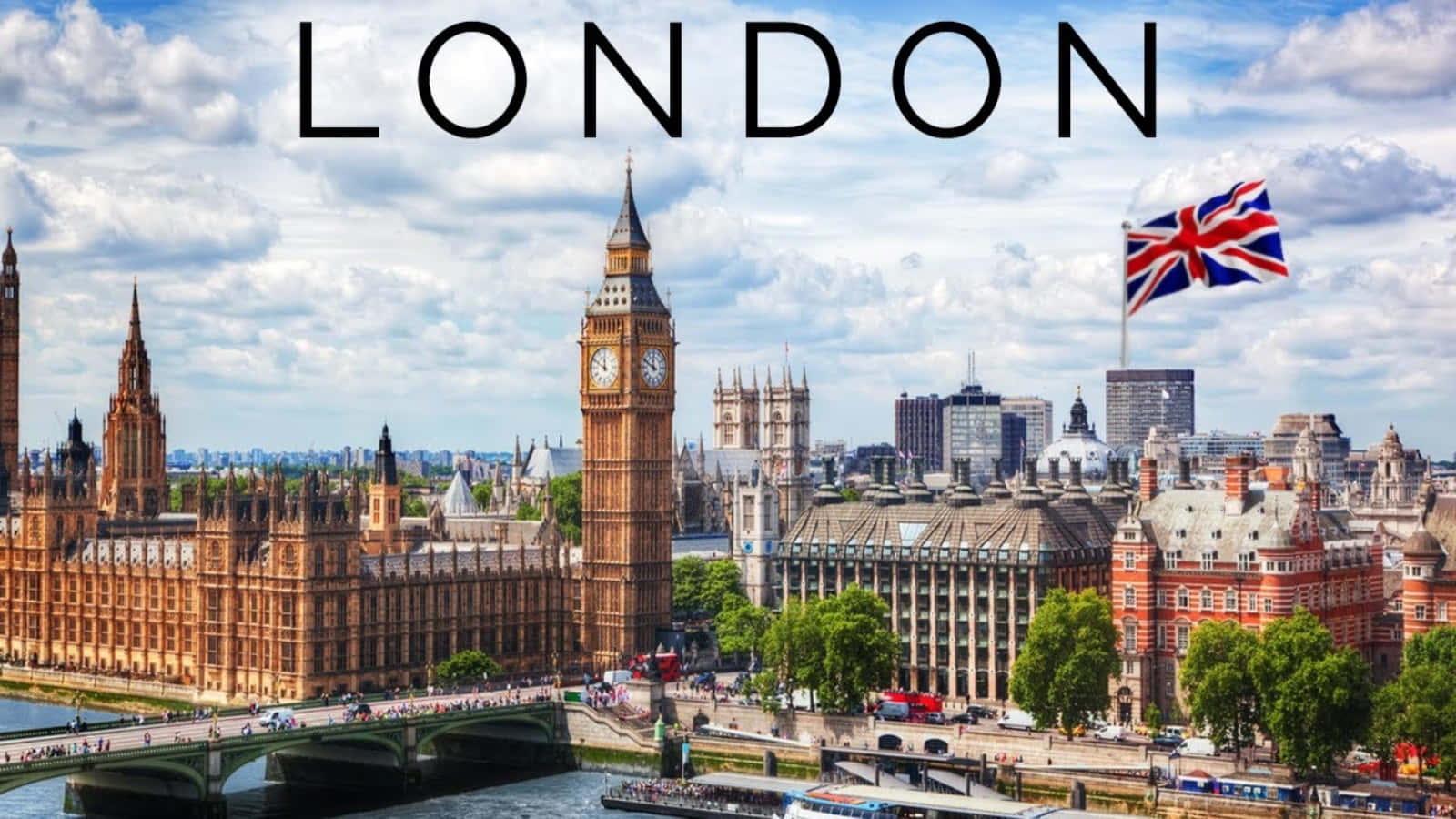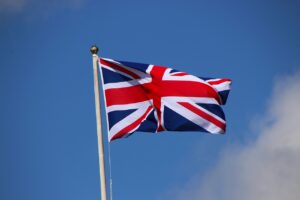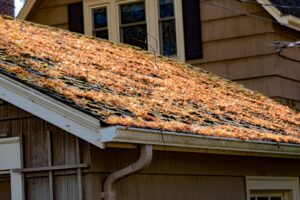Tree Removal Laws in London: What Americans Need to Know
If you’re planning to invest in London property or are a US expat living in the UK capital, understanding the complex regulations surrounding tree removal is essential. Unlike many American cities, London has particularly stringent protections for its urban forest, with laws that might surprise those accustomed to US regulations. This comprehensive guide will help you navigate the intricate world of tree removal laws in London, providing crucial information for property owners, developers, and anyone interested in London’s green infrastructure.
The Importance of London’s Tree Preservation Framework
London’s relationship with its trees is deeply rooted in history and culture. The city’s estimated 8.4 million trees provide not only aesthetic beauty but crucial environmental services, including air filtration, temperature regulation, and habitat for wildlife. Because of these benefits, London has developed one of the world’s most comprehensive legal frameworks for tree protection.
While in many US states, you might have relatively free reign to remove trees on your private property, London operates under a fundamentally different philosophy. Here, trees are viewed as community assets rather than solely private property concerns. This perspective has led to the development of a complex legal system designed to preserve the urban canopy.
The primary legal mechanisms for tree protection in London include Tree Preservation Orders (TPOs), Conservation Area designations, and planning conditions. Understanding these different protections is your first step toward legal compliance.
Tree Preservation Orders Explained
Tree Preservation Orders represent the strongest form of legal protection for individual trees or groups of trees in London. A TPO makes it an offense to cut down, top, lop, uproot, willfully damage, or willfully destroy a protected tree without permission from the local planning authority.
TPOs can be applied to any type of tree deemed to have “amenity value” – essentially meaning the tree contributes positively to the local environment. Contrary to what you might expect based on US regulations, these orders can be applied to trees on private property, even if they were planted by the property owner.
If you purchase property in London, it’s crucial to check whether any trees on the land are subject to TPOs. This information should be disclosed during property transactions, but you can also verify by contacting the local borough council. Each of London’s 32 boroughs maintains its own register of TPOs.
Violating a TPO is a serious offense. If you remove or damage a protected tree without permission, you could face prosecution with fines up to £20,000 ($26,000) in magistrates’ courts or unlimited fines in higher courts. Additionally, you would likely be required to plant a replacement tree.
Conservation Areas and Their Impact on Tree Management
Beyond individual tree protections, large portions of London are designated as Conservation Areas. These are areas of special architectural or historic interest where stricter planning controls apply to preserve or enhance the character of the neighborhood.
If your property is within a Conservation Area, most trees with a trunk diameter exceeding 75mm (approximately 3 inches) when measured at 1.5m from ground level are automatically protected. This means you must give the local planning authority six weeks’ notice before carrying out work on these trees, even if they don’t have individual TPOs.
During this notice period, the authority can decide whether to place a TPO on the tree if they believe it contributes significantly to the area’s character. This system creates an additional layer of protection beyond individual TPOs.
For American investors or residents, it’s worth noting that Conservation Areas in London are far more extensive than historic districts in most US cities. Approximately 77 square kilometers of London—about 5% of the city’s total area—falls within Conservation Areas, encompassing over 1,000 designated zones.
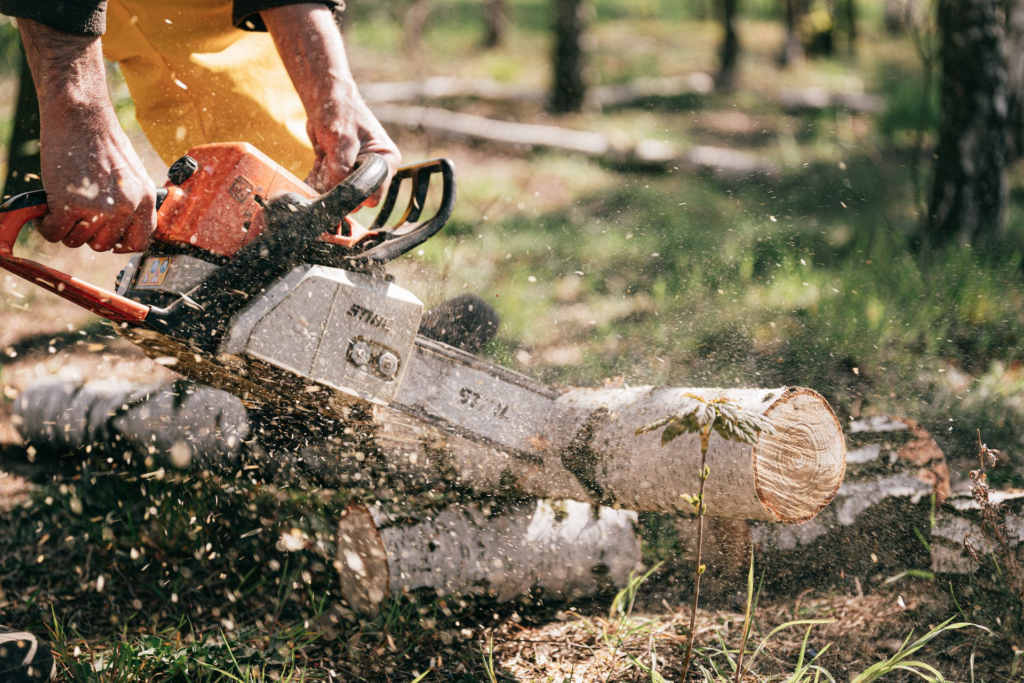
The Application Process for Tree Works
When you need to perform work on protected trees in London, you’ll need to navigate a permit application process that may seem considerably more involved than what you’re accustomed to in the United States.
Submitting a Tree Works Application
The application process begins with submitting a formal Tree Works Application to the relevant borough council. These applications must include:
- Detailed descriptions of the proposed work
- Clear justification for why the work is necessary
- Precise identification of which trees will be affected
- Photographs of the trees and surrounding area
- In some cases, an arboricultural impact assessment
For major works, particularly those involving tree removal, you may need to provide reports from qualified arborists demonstrating why removal is necessary. Valid reasons might include:
- The tree is dead, dying, or dangerous
- The tree is causing significant structural damage to buildings
- The tree is diseased and poses a risk to other trees
- There are overriding development needs with planning permission
It’s important to note that purely aesthetic reasons, such as leaf litter, shade, or minor inconvenience, are rarely considered acceptable justifications for tree removal in London. This contrasts with many US jurisdictions where property owners have greater latitude in decision-making regarding trees on their land.
Timeline and Costs for Approval
The timeline for application processing varies depending on the complexity of the case and the specific borough. However, you can generally expect:
- 8 weeks for standard applications
- Longer periods for complex cases or those affecting significant trees
- Additional time if ecological surveys are required (for example, to check for bat roosts)
Unlike some streamlined permitting processes you might be familiar with in the US, London’s tree work application system involves substantive review. Local authorities employ tree officers who will often visit the site to assess the tree’s condition and the validity of your application.
Application fees vary by borough and the nature of the work proposed. While some applications for pruning works might be processed for free, more complex applications involving multiple trees or removal requests can cost several hundred pounds.
Exceptions and Emergency Provisions
While London’s tree protection framework is comprehensive, there are certain exceptions that allow for more immediate action. Understanding these can help you respond appropriately to urgent situations.
Dead, Dying, and Dangerous Trees
If a protected tree is dead, dying, or dangerous, you can undertake work without waiting for permission. However, you must provide five days’ notice to the local authority before undertaking such work, except in genuine emergencies where there is immediate danger.
The burden of proof lies with you to demonstrate that the tree was indeed in a dangerous condition. It’s highly advisable to:
- Take photographs documenting the tree’s condition
- Have a qualified arborist assess and document the hazard
- Keep samples of the decayed or damaged wood
- Notify neighbors of the intended emergency work
Misrepresenting a healthy tree as dangerous to circumvent the normal application process can result in significant penalties. London authorities take a particularly dim view of such attempts, and the fines for unauthorized work can be substantial.
Protected Species Considerations
An additional layer of complexity comes from wildlife protection laws. Many trees in London provide habitat for protected species, including various bats, birds, and insects. Before undertaking any tree work, you need to consider whether protected species might be affected.
For instance, all bat species and their roosts are protected by law in the UK. If bats are roosting in a tree, additional licenses from Natural England may be required before work can proceed, even if you have permission from the local planning authority for the tree work itself.
This interconnected system of environmental protections differs from the sometimes more compartmentalized approach in US jurisdictions, where tree permits and wildlife considerations may be handled through entirely separate processes.
Replacement Planting Requirements
London’s approach to urban forestry emphasizes not just preservation but renewal. When permission is granted for tree removal, it almost always comes with conditions requiring replacement planting.
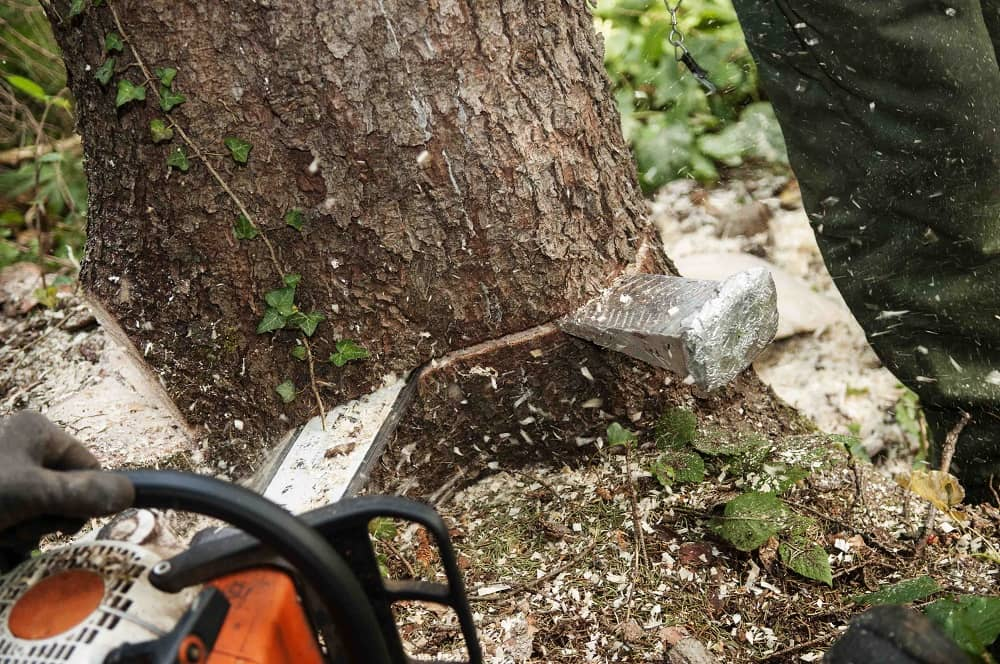
Standard Replacement Ratios
The general principle in London is that any tree removed should be replaced, though the specific requirements vary based on the size and significance of the removed tree. The following table outlines the typical replacement requirements across London boroughs:
| Size of Removed Tree (trunk diameter)Typical Replacement RequirementUp to 20cm (8 inches)1 standard replacement tree20-40cm (8-16 inches)2-3 replacement trees40-60cm (16-24 inches)3-5 replacement treesOver 60cm (24 inches)5+ replacement trees, potentially with larger stock |
|---|
These replacement requirements are significantly more stringent than in many US cities, where one-for-one replacement is often considered sufficient. The London approach recognizes that a mature tree provides far more environmental benefits than a newly planted one, so multiple new trees are needed to eventually compensate for the loss.
Species and Location Considerations
Beyond simple quantities, London authorities typically specify requirements for:
- Species selection (often native species or those compatible with local ecology)
- Minimum size of replacement trees (usually at least 12-14cm girth)
- Planting locations (which must be approved)
- Aftercare period (commonly 5 years of guaranteed maintenance)
If site constraints make it impossible to plant the required number of replacement trees on your property, you may be required to make financial contributions toward planting elsewhere in the borough through what’s called a “commuted sum.” These funds are then used by the council to plant trees in public spaces.
London Borough Variations in Tree Policy
While the fundamental legal framework for tree protection applies across London, there are significant variations in how individual boroughs interpret and implement these laws. This creates a patchwork of regulations that can be challenging to navigate.
Comparative Borough Approaches
Some boroughs take a particularly strict approach to tree protection, while others may be somewhat more flexible, especially in areas designated for development. The table below provides a comparative overview of approaches in select London boroughs:
| Borough | TPO Approach | Notable Policies | Application Processing Time |
|---|---|---|---|
| Richmond | Very strict | Replacement ratio up to 8:1 for mature trees | 8-12 weeks |
| Hackney | Moderately strict | Focus on species diversity in replacements | 6-8 weeks |
| Camden | Strict | Strong emphasis on native species | 8 weeks |
| Croydon | Moderate | Flexible approach in growth zones | 6 weeks |
| Westminster | Very strict | Heritage considerations paramount | 8-12 weeks |
| Bromley | Very strict | Highest number of TPOs in London | 8-10 weeks |
This variation means that the location of your property within London can significantly impact your experience with tree management regulations. What might be permitted in one borough could be firmly rejected in another, even with similar circumstances.
Finding Borough-Specific Information
Each London borough maintains its own website with specific information about local tree policies. For the most current and relevant guidance, you should consult the planning portal of the specific borough where your property is located.
For example, you can find detailed information about tree preservation in the Royal Borough of Kensington and Chelsea on their official website: https://www.rbkc.gov.uk/planning-and-building-control/planning-applications/trees-and-planning-applications
Similarly, other boroughs provide specific guidance through their planning portals. The London-wide framework is set by the Greater London Authority, whose policies can be found here: https://www.london.gov.uk/what-we-do/environment/parks-green-spaces-and-biodiversity/trees-and-woodlands
Development Sites and Tree Protection
If you’re considering property development in London, tree protection becomes an even more significant consideration that must be integrated into your planning from the earliest stages.
Tree Surveys and Arboricultural Impact Assessments
For any development proposal affecting trees, London planning authorities require a comprehensive tree survey and arboricultural impact assessment (AIA) as part of the planning application. These documents must be prepared by qualified arboricultural consultants and typically include:
- Detailed mapping of all trees on and adjacent to the site
- Categorization of trees according to their quality and value (using the British Standard BS5837)
- Root protection areas for each tree
- Assessment of the development’s impact on trees
- Mitigation measures to protect retained trees
- Proposed tree removal and replacement planting
This requirement applies not just to trees with TPOs or in Conservation Areas, but to all trees of significant size that might be affected by development. The standard is considerably more rigorous than typical requirements in most US jurisdictions.
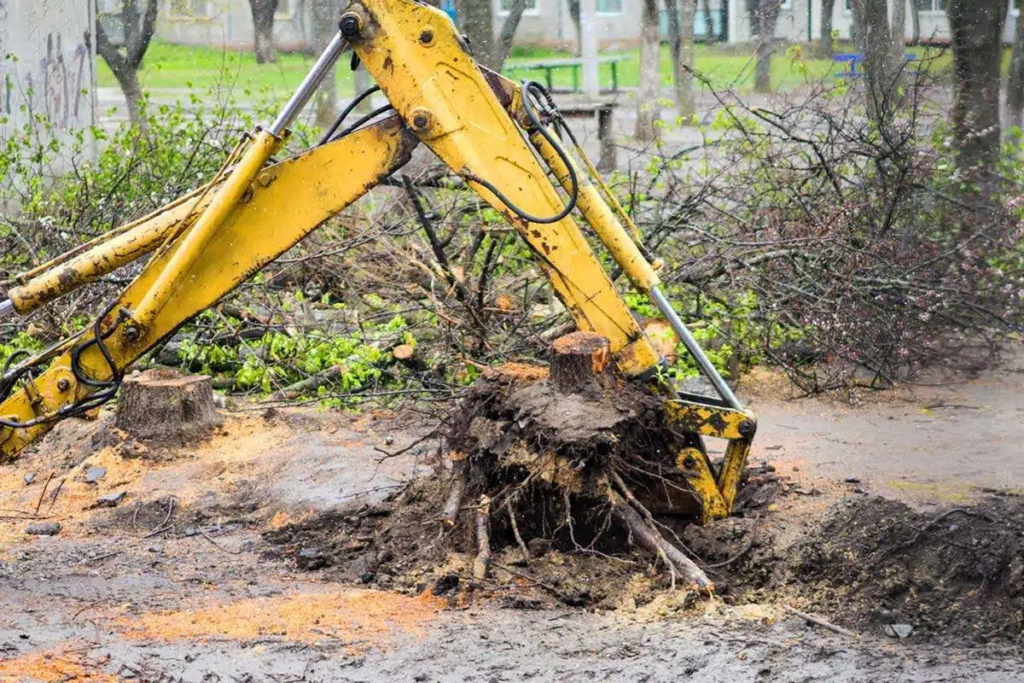
Tree Protection During Construction
If planning permission is granted for development near protected trees, conditions will almost invariably be attached requiring specific tree protection measures during construction. These typically include:
- Protective fencing around trees at a specified distance (usually based on the root protection area)
- Ground protection where access is needed within root protection areas
- Prohibition of storage, mixing materials, or washing out equipment near trees
- Specialized construction techniques for foundations, hard surfaces, or utilities near trees
- Regular monitoring by an arboricultural consultant
These requirements can significantly impact construction methodology and costs. For example, where building near protected trees, you might be required to use specialized foundation designs such as pile and beam foundations that minimize soil disturbance, rather than conventional foundations that would damage tree roots.
Enforcement and Penalties
London authorities take tree protection seriously, with active enforcement and significant penalties for violations.
Monitoring and Reporting
Borough tree officers regularly monitor sites where tree works have been approved to ensure compliance with permissions. Additionally, London has an active network of community tree wardens and environmental groups who often report suspicious tree work.
If you’re planning approved tree works, it’s advisable to display the permission notice prominently to avoid unnecessary reports from concerned neighbors. The strong community interest in tree preservation means that unauthorized work is likely to be quickly reported.
Consequences of Unauthorized Work
The penalties for unauthorized tree work in London are among the most severe in the UK:
- For destroying a protected tree: fines up to £20,000 ($26,000) in magistrates’ courts or unlimited fines in higher courts
- For damaging a protected tree: fines up to £2,500 ($3,250)
- For other violations of tree protection regulations: fines up to £2,500 ($3,250)
Beyond financial penalties, courts can issue restoration notices requiring replacement planting, with ongoing maintenance obligations typically lasting for 5 years. Failure to comply with these notices constitutes a further offense.
In the most serious cases, particularly for developers who remove protected trees to facilitate development, London authorities can seek prosecution of company directors personally, not just the company itself. This creates a significant deterrent that goes beyond mere financial calculations.
Recent Developments in London’s Tree Protection Policies
London’s approach to tree protection continues to evolve, with several recent developments strengthening the overall framework.
The Urban Greening Factor
The London Plan 2021 introduced the Urban Greening Factor (UGF), a planning policy tool that essentially requires new developments to include quantifiable amounts of urban greening—with trees being a major component.
This policy assigns different values to various types of urban greening, with large canopy trees receiving the highest values. For major developments, specific UGF targets must be met, creating additional incentives to preserve existing trees and plant new ones.
The UGF represents a shift from purely protective measures toward more proactive requirements for enhancing London’s urban forest. This approach aligns with growing recognition of trees’ role in climate resilience and public health.
Net Gain Requirements
Building on national policies, London is increasingly implementing biodiversity net gain requirements for new developments. These policies require development not just to minimize harm but to actively improve biodiversity—with tree canopy being a key metric.
In practical terms, this means that even where tree removal is permitted for development, the replacement planting must deliver enhanced ecological value. This typically results in requirements for greater numbers of trees, more diverse species selection, and integration with other habitat features.
Climate Emergency Responses
Following declarations of climate emergency by many London boroughs, tree policies have been further strengthened to recognize trees’ role in carbon sequestration and climate adaptation. This has resulted in:
- Tighter criteria for permitting removal of mature trees
- Higher replacement ratios when removal is unavoidable
- Increased emphasis on species selection for climate resilience
- Greater protection for trees providing cooling effects in urban heat islands
These policy developments suggest that London’s tree protection framework will likely become more rather than less stringent in coming years, contrary to some deregulatory trends seen in parts of the United States.

Practical Advice for Property Owners and Developers
Navigating London’s tree protection framework requires careful planning and expert guidance. Here are some practical recommendations based on successful approaches:
Conducting Due Diligence
Before purchasing property in London, comprehensive due diligence regarding trees should include:
- Checking for existing TPOs and Conservation Area designations
- Commissioning a professional tree survey if significant trees are present
- Reviewing any planning conditions related to trees from previous permissions
- Assessing potential development constraints imposed by trees
This information should inform your purchase decision and be factored into property valuation. The constraints imposed by protected trees can significantly impact development potential and should not be underestimated.
Working with Arboricultural Consultants
Investment in qualified arboricultural expertise is essential when dealing with protected trees. A good consultant can:
- Help identify which trees are truly worthy of retention based on condition and species
- Develop creative design solutions that accommodate valuable trees
- Guide you through the application process with appropriate supporting documentation
- Recommend appropriate replacement planting schemes
- Liaise with borough tree officers on your behalf
When selecting a consultant, look for membership in professional bodies such as the Arboricultural Association and experience working in the specific London borough where your property is located.
Long-term Tree Management Strategies
Rather than reactive responses to immediate needs, developing a comprehensive tree management strategy for your property can be beneficial. This might include:
- Phased pruning programs to maintain trees in good condition
- Succession planting to ensure canopy continuity as older trees decline
- Species diversification to build resilience against pests and diseases
- Integration of trees with other landscape elements and property uses
Such strategies can help you maintain the benefits that trees provide while managing potential conflicts proactively.
Conclusion: Embracing London’s Tree Culture
For Americans accustomed to different approaches to property rights and environmental regulation, London’s tree protection framework can initially seem restrictive. However, understanding the cultural and environmental context helps explain why Londoners place such high value on their urban forest.
London’s trees represent centuries of landscape development, from historic Royal Parks to Victorian street plantings and modern urban greening initiatives. They form a living heritage that parallels the city’s architectural history and contributes immensely to London’s distinctive character.
By embracing this tree culture and working within the established framework, you can not only avoid legal complications but also contribute positively to the urban environment. Properties with well-maintained mature trees typically command premium values, and developments that successfully integrate existing trees often receive more favorable treatment from planning authorities.
Whether you’re a property owner, investor, or developer, taking time to understand and respect London’s approach to tree protection will serve you well in your London property journey. While the regulations may be complex, they reflect deeply held values about the importance of trees in creating livable, sustainable urban environments—a perspective increasingly shared on both sides of the Atlantic.
For the most current and comprehensive official guidance on tree protection in London, the UK government provides detailed information through the Planning Portal: https://www.planningportal.co.uk/permission/common-projects/trees-and-hedges/trees
Additionally, the Forestry Commission offers guidance on the legal framework for tree protection: https://www.gov.uk/guidance/tree-preservation-orders-and-trees-in-conservation-areas
